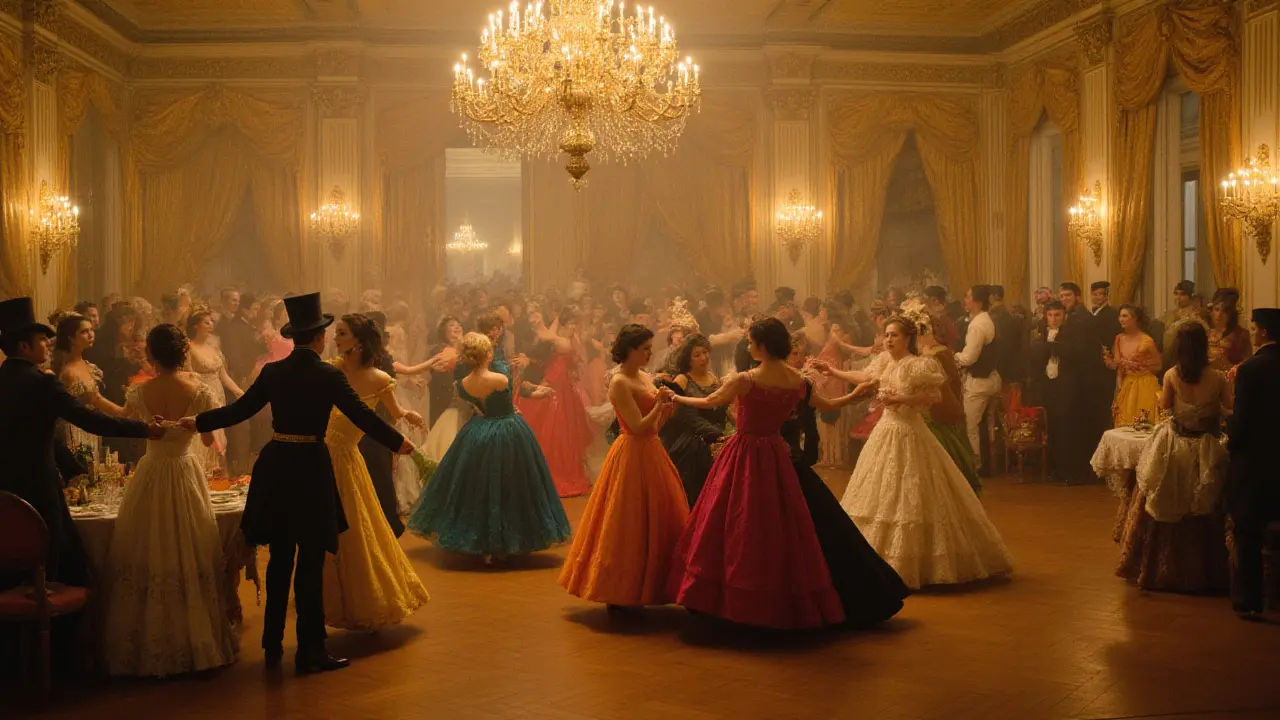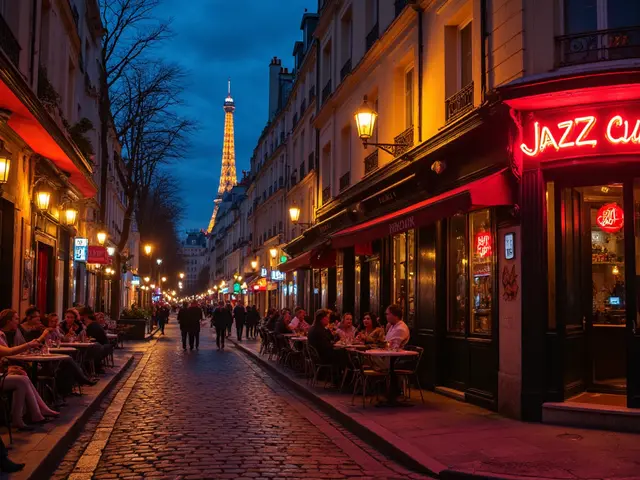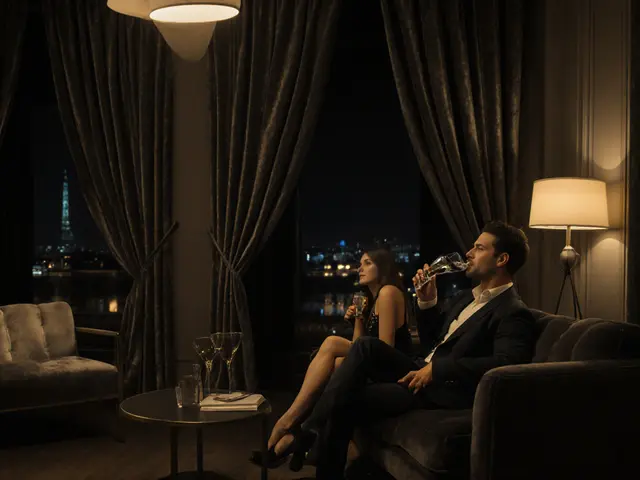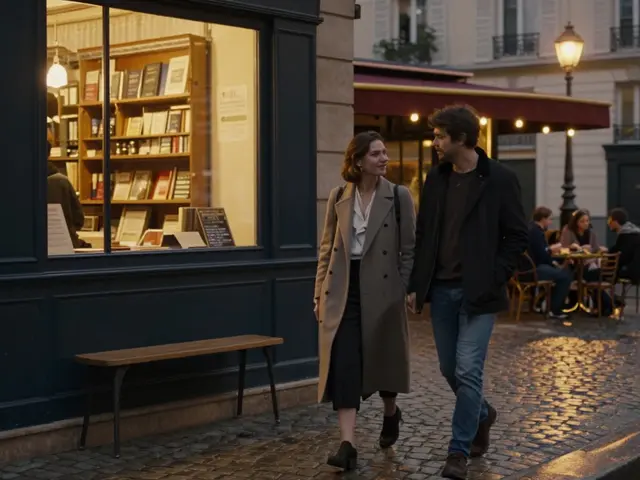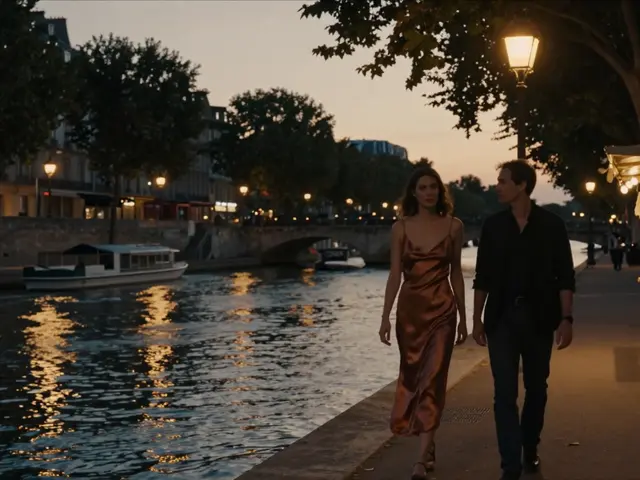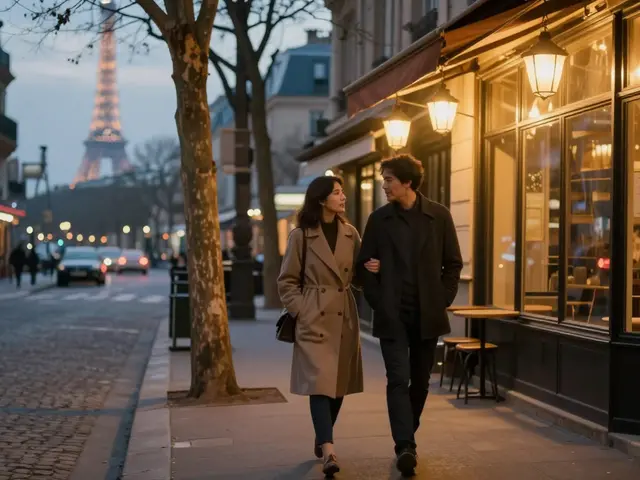If walls could whisper, the ones inside Pachamama Paris would spin tales of outrage and opulence, rioting partygoers, forbidden romances, and shadows of celebrities sipping cocktails in the sultry dimness. The soul of this club runs deeper than velvet ropes and velvet couches – it’s stitched together with more than a hundred years of rebellion, music, and the Parisian spirit that never sleeps. So, it’s not just some Instagram-famous night spot. When you walk into Pachamama, you step into a living, breathing slice of Parisian history. Curious what’s behind the dazzling façade and gilded balconies? Let’s peel back the curtain and get personal with the wild heart of Pachamama Paris.
From 19th Century Splendor to Parisian Playground: The Evolution of Pachamama
Pachamama isn’t brand new. Not even close. The building first flung its doors open at the tail end of the 19th century. Back then, it was called "Le Bal Montmartre," and, honestly, it was a total riot. These grand halls hosted boisterous cabaret nights and wild masquerade balls that drew crowds from all walks of Parisian life. Think artists in smudged cravats and mustached aristocrats brushing shoulders, both there for the same thing: to forget the outside world.
After World War I, the space flashed into a new era as "La Plaza." It became the place for Paris’s lush socialites, jazz aficionados, and forgotten royalty to clutch a drink and lose themselves in the feverish music that echoed off the marble. The Roaring Twenties spirit seeped into the walls. Every so often, rumors would swirl that Picasso or Hemingway might be hiding in the crowd, just another face in the smoke.
Life kept rolling, and so did transformations—by the 1960s, the place became "Barrio Latino," a nod to its nodding romance with Latin culture. Salsa beats replaced jazz; mojitos slid into the hands of the dancing masses where martinis once reigned. If you listen closely, every creak of wood and hint of spilt liquor seems to whisper to you about these past lives. In 2017, the venue was reborn as Pachamama, with a bold Latin American vibe stamped across all four stories, but the history is never buried too deep. The fries might come with guacamole now, but somewhere under the staircase, you can almost hear a jazz riff from decades past.
Architectural Drama: A Building That Demands Attention
You can’t miss Pachamama if you’re walking through the Bastille area. It’s a thing of architectural drama – we’re talking ballroom-sized rooms, balconies with ornate ironwork, and sweeping staircases so grand, you half-expect a movie star to glide down them. The first time you step inside, your eyes need a moment to soak it all in. Bathed in golden light, the enormous ceiling is carved with plaster cherubs and roaring lions. Giant glass domes draw you to tilt your head back and just stare, and the walls blend Baroque detail with modern splashes of neon color. Honestly, it’s hard to believe you’re at a nightclub—it feels more like a palace with a rebellious streak.
When Pachamama was transformed from Barrio Latino, the architects kept every ounce of drama. The venue is split across four dizzying floors, each one totally different. Down in the basement, the speakeasy-style bar oozes Havana chic, while the dance floor on the ground level is framed with palms and that wild, jungle-party energy. The upper floors give you a view of the action below, but also cozy up in velvet booths for a more intimate vibe. The secret? They never stripped away history. Instead, they let it breathe alongside the new, so when you’re sipping a Pisco Sour, you’re surrounded by reminders of Paris’s grand old days mixed with Latin flair.
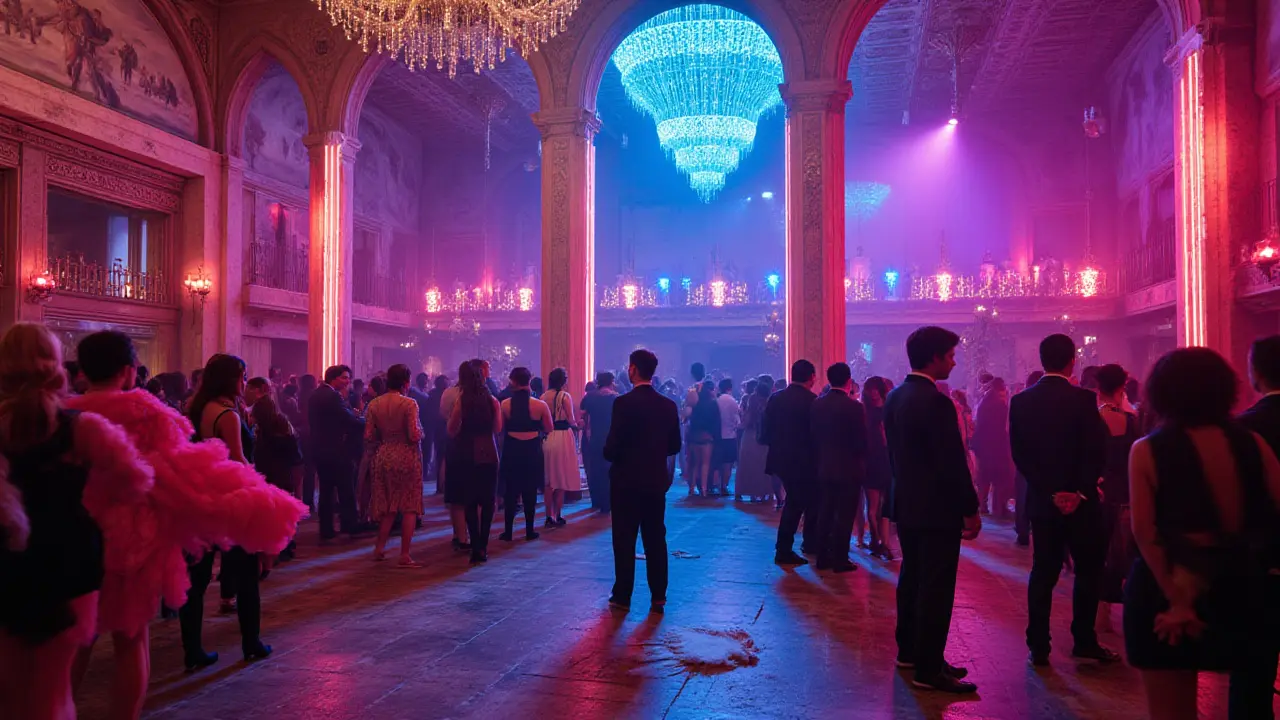
Pachamama’s Cultural Mark: Music, Nightlife, and High Society
If you ask around, you’ll discover Pachamama’s not just a venue; it’s a living spot in the cultural heart of Paris. Over the decades, it’s been a dance floor for revolutionaries, a hideaway for celebrities, and a gathering place for everyone who ever loved a late night and a good beat. Paris locals still talk about the endless music marathons where salsa dancers spun into the sunrise, and politicos from every era have reportedly slipped through its doors for secret meetings or forbidden liaisons.
After its rebirth as Pachamama, the club dialed up Latin American influences, and that made waves in a city already in love with world music. Tango nights got so popular that you can still spot old-timers teaching curious young Parisians a step or two before midnight. DJs from Paris and far-off cities like Buenos Aires take up the decks, mixing Latin, house, and a worldly mash of sounds that keeps the dancefloor packed. Being surrounded by such a vivid past, you can almost taste the old world on your tongue with every sip and step, even as the crowd sways under flashing lights.
Pachamama’s influence isn’t just inside the club. It’s helped revive the Bastille area as a serious nightlife destination. What used to be known just for its revolutionary history is now buzzing with restaurants and bars that hope to borrow some of Pachamama’s magic. The venue often hosts special nights where you might rub elbows with academics, artists, or actors; it’s not unusual for someone to recognize a famous French face shimmying on the balcony. The vibe is never snobby – just wildly alive, just as it’s always been.
Tips for Exploring Pachamama Paris: What to Know Before You Go
Pachamama Paris may not be the oldest club in town, but it’s the most storied – and that pulls in a mix of locals and visitors almost every night. Before you grab your dancing shoes and head for the golden entrance, there are a few things you’ll want to know. First, get there early if you don’t fancy waiting ages in a line. Friday and Saturday nights fill up fastest, so if you can visit midweek, you’ll get the architecture and ambiance almost to yourself. The dress code is Parisian chic but leans playful – no need for suits, but maybe skip the flip flops and cargo shorts.
Feeling shy about dancing? Trust me, you won’t be alone. The place is massive, which means you can lounge and people-watch if that’s more your speed, or jump headlong into the salsa beats. Some nights, they host free beginner dance lessons upstairs, and the crowd is usually a forgiving mix of regulars and wide-eyed newcomers. Here’s a fun tip: check their website or socials before you go. Pachamama is known for surprise guest DJs, live percussionists, and even themed nights (think masquerade balls, Havana fiestas, cabaret throwbacks) that let you play along with the club’s wild past.
For drinks, try the signature cocktails with South American flair—Pisco Sours, Caipirinhas, or anything with passionfruit seem to be favorites. If you’re peckish, there are Latin-inspired bar snacks and a restaurant upstairs with decent reviews (the ceviche has fans). Best of all, Pachamama doesn’t feel like a tourist trap. Parisians fill the floors just as much as visitors, and conversations in French, Spanish, and English swirl together at the bar. Bring an open mind, a light appetite, and don’t forget to look up—you’re dancing under one of the most jaw-dropping ceilings in Paris.
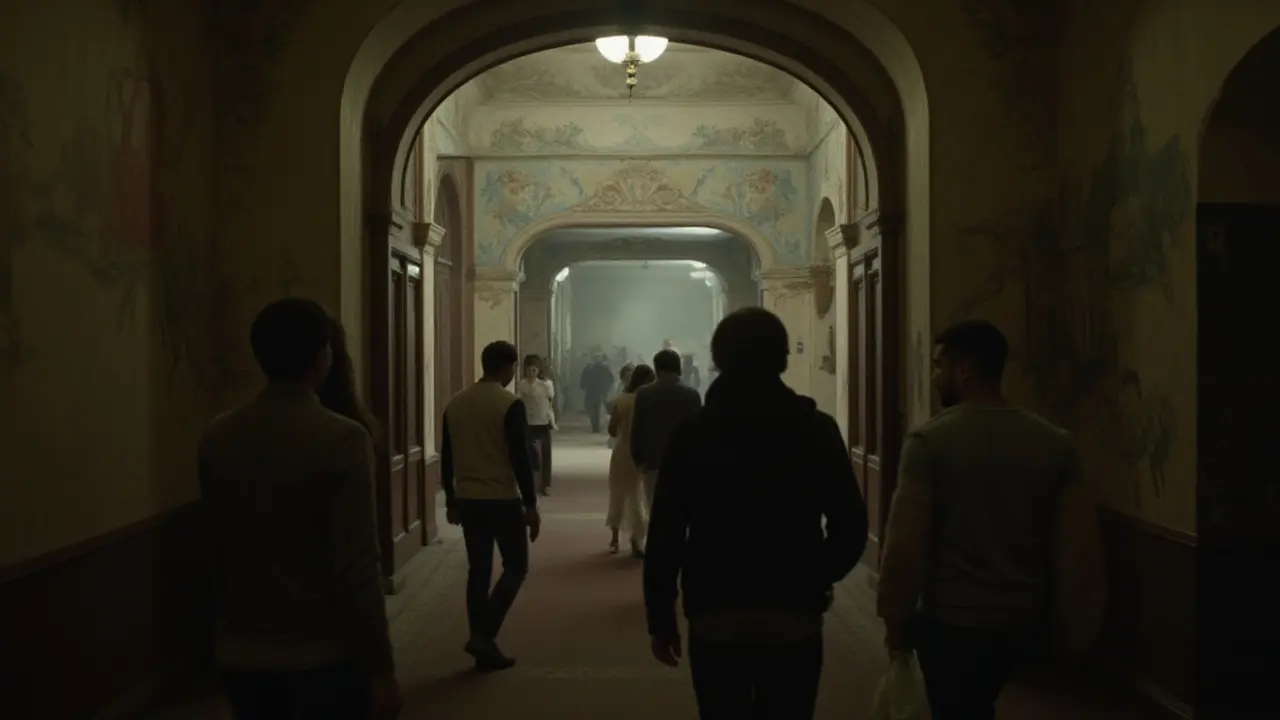
Pachamama Today: Events, Parties, and Living Legacy
So, what keeps Pachamama beating like a neon-lit heart in the middle of Paris nightlife? The answer is momentum. Every week, you’ll find a packed calendar: live music on Tuesdays, big DJ sets stretching into the weekend, and wild parties that feel like they might never stop. Unlike some trend-chasing clubs, Pachamama honors its past without ever getting dusty. The place reinvents itself with wild Latin dance shows, burlesque performances, international guest nights, and even foodie events inspired by Peruvian and Argentinean cuisine. No wonder party fans and culture hounds both flock here.
If you want to dance, the place is legendary for its mix of Latin, house, disco, and a splash of old-school French funk. Ever seen a roomful of Parisians harmonizing to salsa at 3am? It’s a must. If you’re looking for a quirky night out, keep an eye out for pop-up art installations, vintage photo booths hidden in corners, or even salsa speed-dating (yes, that’s real). Pachamama is huge – up to 2,000 guests on the wildest nights – but it still manages to feel like you’ve stepped into someone’s decadent, well-loved mansion.
Creating a night at Pachamama feels like becoming part of the story. Lean against a balustrade where jazz greats swapped jokes. Sprawl on a velvet couch with a Pisco Sour just meters from where Paris’s party pioneers once spun wild dreams. The true secret? Pachamama is always moving, always thirsty for a new adventure, and always waiting for another unforgettable night to add to its history. Step in, let the music pulse, and for a few hours, you get swept into the living legend of Paris nightlife. Want to know what Paris is like when it lets its hair down? Pachamama’s ready for you.

